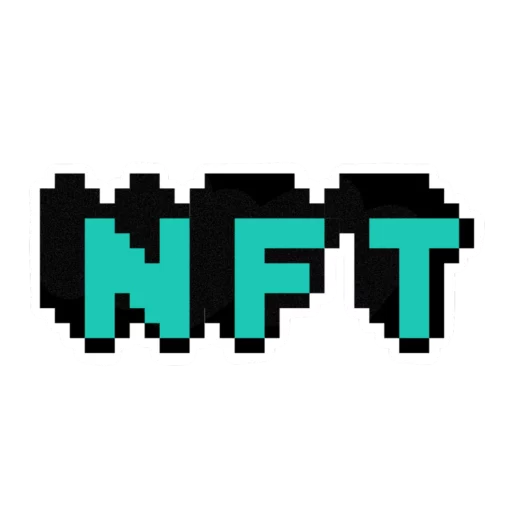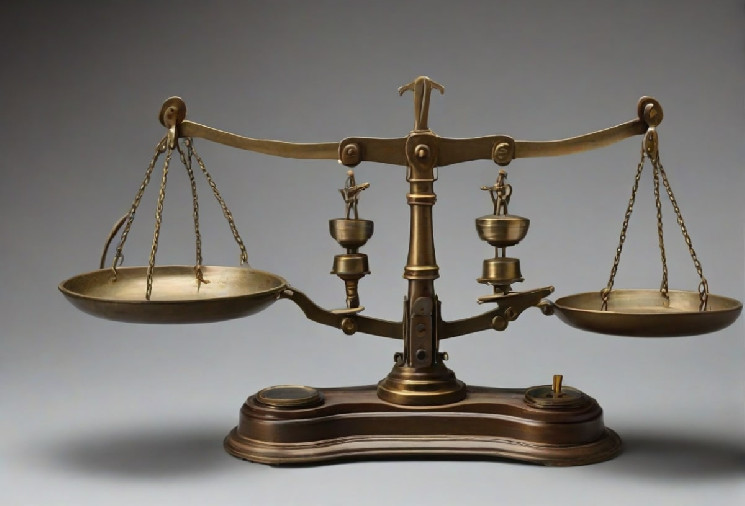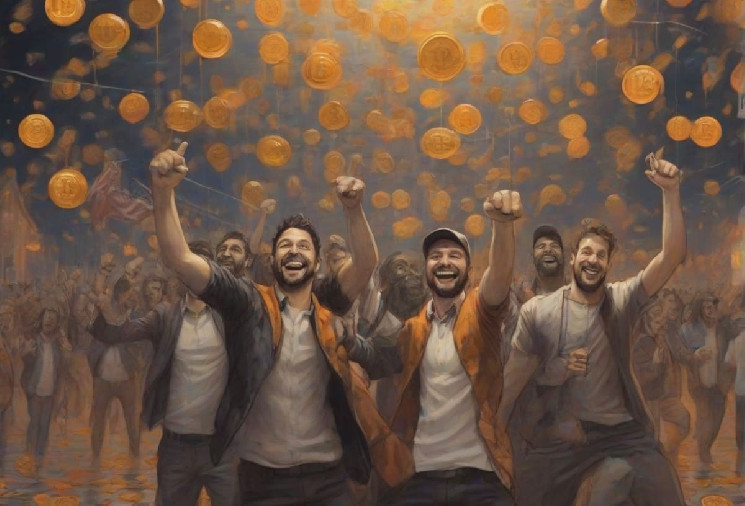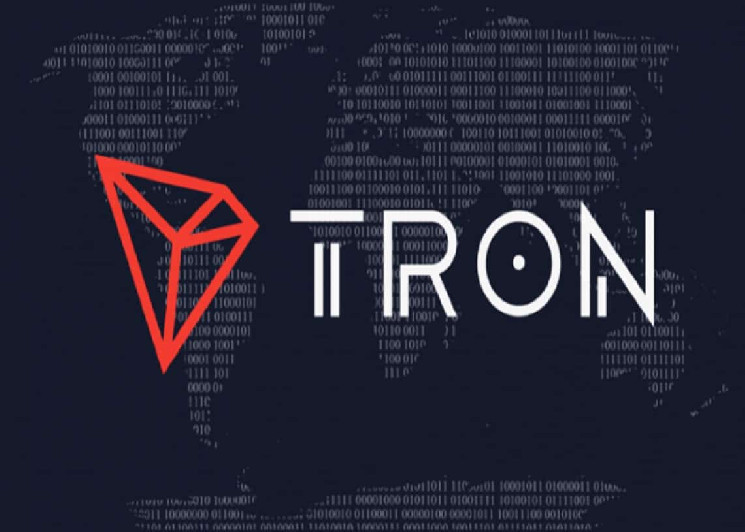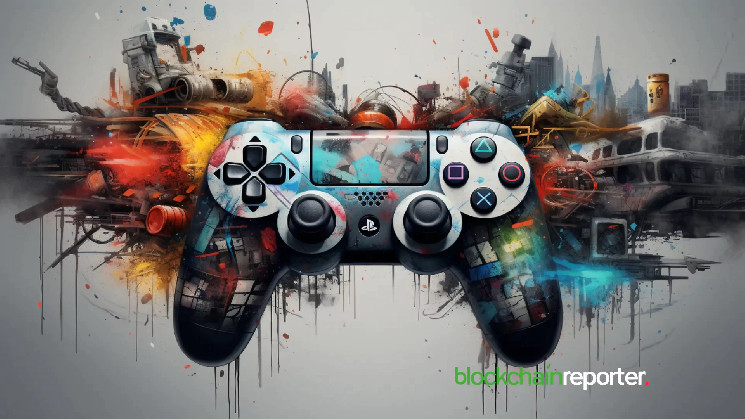The Rise of NFTs: How Digital Art is Revolutionizing the Art World
The art world is no stranger to innovation and change. From the development of new artistic techniques to the rise of street art and graffiti as legitimate forms of expression, the art world has always evolved with the times. Today, a new wave of innovation is sweeping through the art world in the form of NFTs (non-fungible tokens), and it is revolutionizing the way that we think about and collect digital art.
NFTs are a type of digital asset that represent ownership of a unique item or piece of content, using blockchain technology to verify and authenticate the originality of a digital artwork. This has opened up a whole new world of opportunities for digital artists, who have historically struggled to monetize their work. With NFTs, artists can now sell their digital art directly to collectors, and retain a portion of the proceeds every time their work is resold. This creates a new stream of revenue for artists and allows them greater control over their work.
The rise of NFTs has also led to a surge in interest and excitement around digital art. Collectors are now able to own and trade unique pieces of digital artwork, and the market for digital art has exploded as a result. In March 2021, the artist Beeple sold a digital collage for $69 million, in what was the first-ever NFT-based artwork auctioned at Christie’s. This sale brought NFTs and digital art into the mainstream, and signaled a shift in the way that the art world perceives and values digital art.
NFTs have also sparked a conversation about the nature of art and ownership in the digital age. While traditional art is physical and tangible, digital art exists in a realm that is easily replicable and shareable. NFTs have added a layer of scarcity and exclusivity to digital art, challenging our traditional ideas about what it means to own and collect art. As a result, the art world is now grappling with questions about the value and authenticity of digital art, and what it means for the future of art collecting.
There are, of course, criticisms and concerns surrounding the rise of NFTs. Chief among them is the environmental impact of blockchain technology, which is the backbone of NFTs. The energy consumption and carbon footprint of blockchain networks have raised concerns about the sustainability of NFTs, and there are ongoing efforts to develop more eco-friendly alternatives. There are also questions about the long-term viability of NFTs as an investment, and whether the current hype is sustainable.
Despite these concerns, there is no denying that NFTs have had a profound impact on the art world. They have opened up new opportunities for digital artists, created a new market for digital art, and sparked a re-evaluation of what it means to own and collect art. As NFTs continue to gain traction and popularity, it is clear that they will play a significant role in shaping the future of the art world. Whether you love them or loathe them, NFTs and digital art are here to stay.
